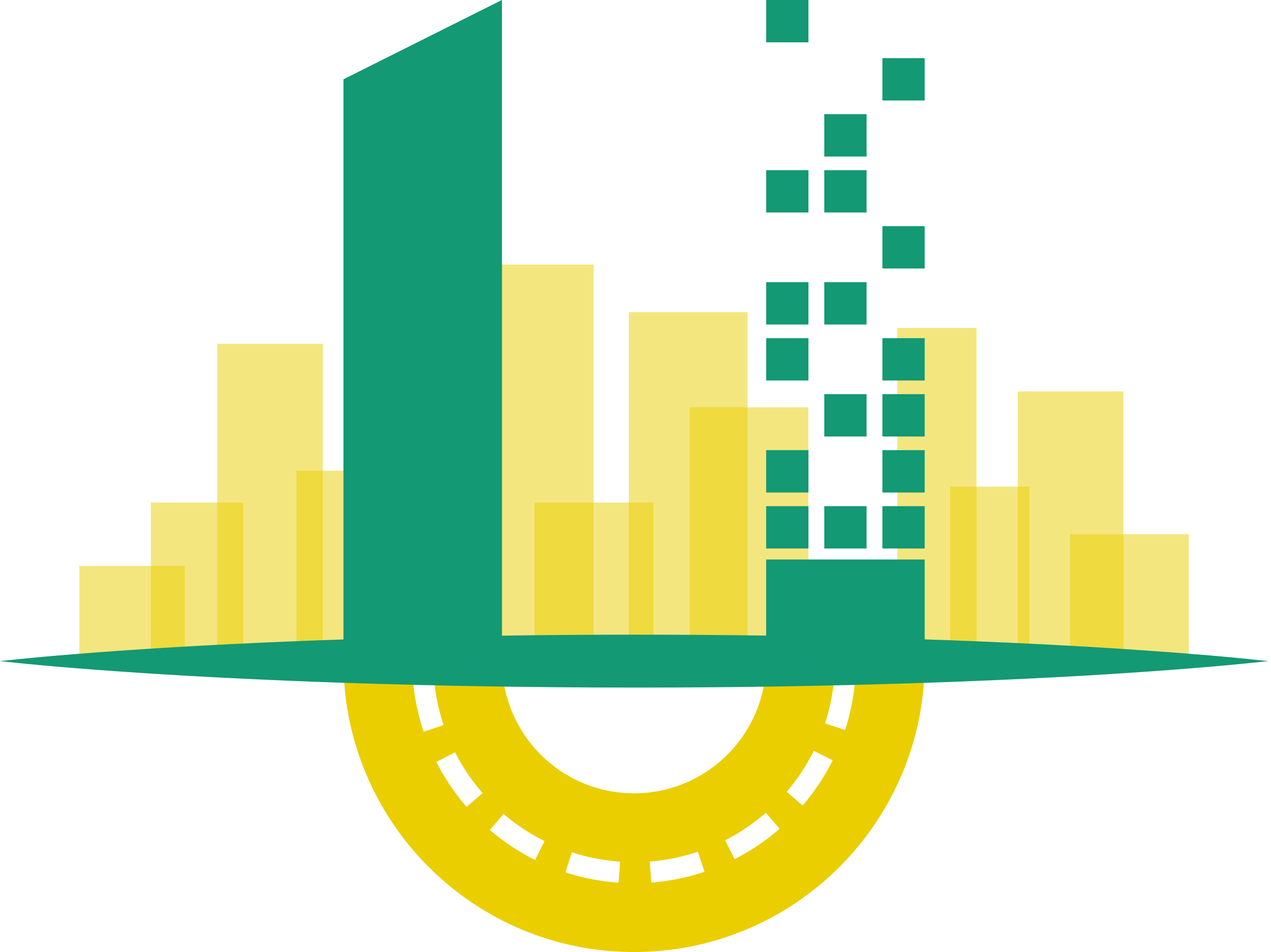URBANITE’s SoPoLabs - Collective creativity and participation producing social value
The scope of URBANITE SoPoLab, which stands for Social Policiy Lab, is
to assess the social impact of disruptive technologies in public administrations and to develop new proposals for government processes and decision-making tools. |
Key activities of the SoPoLabs are to engage with civil servants, citizens and other stakeholders in co-creation processes.
URBANITE’s goal is to gather the vision of all stakeholders related to the impact of disruptive technologies in public administrations. To that end, we created a space (virtual space considering the restrictions due to COVID-19 pandemic) where the trust of the society and public servants in technologies can be analysed and the early outcomes of the project discussed with the main actors of the new urban mobility scenario: citizens, service providers, public servants and policy makers.
The first pillar, the SoPoLab approach is based on, is co-creation as any act of collective creativity that is experienced jointly by the stakeholders where there is a component of uncertainty as it is a special case of collaboration where the intent is to create something that is not known in advance. Co-creation seeks to foster participation and democratisation in a way to create meaning for all stakeholders, rather than simply an alternative research technique or a way of creating value through co-opting the skills and creativity of different participants. This is what Magala calls the ‘Postmodern pattern of sensemaking’[1] where there is a transparent, open-ended flow of social communication, built around the negotiation and renegotiation of meanings that lead to a networked, evolving social world. We use this approach to raise an open and negotiated debate around urban mobility and the impact of disruptive technology on mobility policies and decision-making processes.
The second pillar on which we have based our SoPoLab approach, in addition to co-creation, is community building, thus, building a community of kindred spirits[2].
The “Community” form is most relevant when developing something for the greater good. Groups of people with similar interests and goals can come together and create. This model - so far - works mostly in software development and leverages the potential force of a large group of people with complementary areas of expertise. Therefore, the mapping of relevant actors in the initial phase is so important and because all of them, regardless of being different profiles and belonging to different organisations, share an interest in urban mobility management and the use of technology for urban mobility management.
The third pillar, we intend to base our co-creation approach on, is co-creating Social Value[3]. Whenever an artefact, product or service has to be designed, it has to be designed with its next wider context in mind: a chair in a room, a room in a house, a house in an environment, an environment in an urban plan. This is what Eero Saarinen reminds us of.
To create social value in co-creation processes, the process has to be approached from aspirations for a long-term, humanistic and more sustainable way of life. Starting the discussion with open questions, without preconceived notions of the final outcome, implies that determining the shape of the outcome is part of the challenge itself. This has been the approach towards generating social value in the co-creation process. Co-creation of this kind involves the integration of experts and people from everyday life working closely together, which is why we have identified everything from citizens and associations or collectives that can represent them, to policy-makers and expert technologists. Collective visualisation of ideas and opportunities can enhance their collective creativity. This type of co-creation requires direct personal involvement between people, which fits perfectly with our Social Policy Lab and Community building approach. Also, it requires expressing, listening and discussing multiple divergent points of view, favouring empathy between participants.
Thus, in each of the pilot cities, we have identified not only the participants (following a stakeholder mapping) but also the facilitators and rapporteurs who take note of the different dynamics that take place in the sessions.
These three pillars of co-creation, community building and social value have been tremendously affected by the current pandemic, that is why, in order to carry out the approach, we have had to identify IT tools that allow us to debate openly, interact and generate community as well as to get to know each other better and understand each other's vision, favouring empathy.
Fortunately, we now have a wide range of solutions to work virtually, and therefore we have selected tools such as Zoom[4] to carry out the sessions and record the dynamics, Mural[5] or Trello[6] to reflect on a shared board the results and topics of interest that have emerged in the sessions and, finally, a specific development made by the project and based on Decidim[7], to work asynchronously, via discussion forums and debate of ideas[8], on the most relevant or interesting threads resulting from each of the sessions in the pilot cities.
For more information on our first results of URBANITE SoPoLab first session, check out our deliverable D2.3.
[1] S. Magala, The Management of Meaning in Organizations, no. February 2009. 2009.
[2] http://www.fronteerstrategy.com/uploads/files/whitepaper/FS_Whitepaper1-Co-creation_5_Guiding_Principles-April_2009.pdf.
[3]http://www.maketools.com/articles-papers/Social_Vision_for_Value_CoCreation_in_Design.pdf%5Cnhttp://www.osbr.ca/ojs/index.php/osbr/article/view/1012/973.

